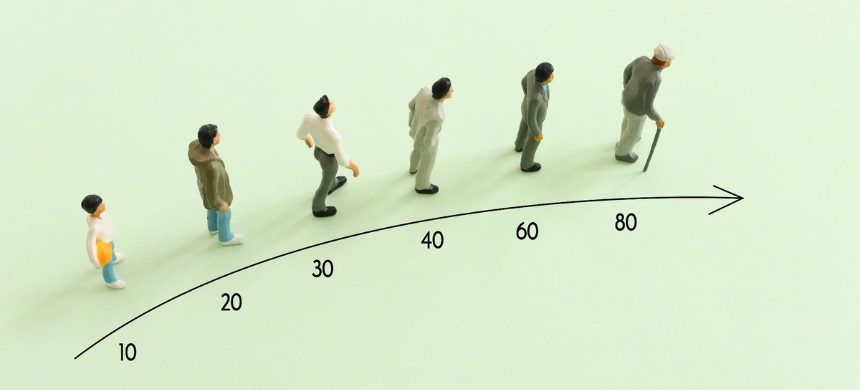Aging Global Population Nears 10.3%
The global population aged 65 and over has almost doubled to 10.3% and continues to rise. Currently surpassing 8 billion people, the world’s population is growing at varying rates across different regions.
According to the UN Population Fund’s (UNFPA) “2024 State of World Population Report,” global population trends show significant shifts in regional growth, population density, and urbanization. As populations age, particularly in Europe, North America, and parts of Asia, challenges in healthcare, retirement plans, and labor dynamics are becoming more pronounced.
World Population Day
World Population Day, celebrated annually on July 11 following a UN Development Programme proposal accepted by the UN General Assembly in 1989, aims to raise awareness of population issues. Anadolu Agency has compiled data from UN sources to provide a current overview of global population trends.
Aging Population
UNFPA data shows the share of people aged 65 and over has nearly doubled from 5.5% in 1974 to 10.3% in 2024, and is projected to reach 20.7% by 2074. This rise is linked to increased life expectancy and declining fertility rates. Developed countries have the highest proportion of elderly populations, while developing nations are rapidly aging.
Declining Global Fertility Rate
Global population growth is expected to continue at a slower pace through the 2080s. The global fertility rate has dropped to about 2.3 children per woman, influenced by changes in family planning, education, and economic conditions. Developed regions like North America and Europe have lower fertility rates (1.5 children per woman) compared to less developed regions in Asia, Africa, and Latin America (2.4 children per woman).
Population Trends in Africa and Asia
Africa is the fastest-growing region, with countries like Nigeria, Ethiopia, and the Democratic Republic of Congo experiencing significant population increases due to high fertility rates and improved healthcare. East and Southern Africa have a population of 688 million, and West and Central Africa have 516 million.
In Asia, countries like India and China are seeing slower population growth due to declining fertility rates, while Southeast Asian nations like Indonesia and the Philippines maintain moderate growth. Europe faces challenges with low fertility rates, an aging population, and migration trends leading to population decline or stagnation in countries like Germany, Italy, and Russia.
Regional Population Density
Global population density varies widely. Urban areas now host over 55% of the global population, with cities like Tokyo, New Delhi, and Shanghai being highly populated. In contrast, countries such as Canada, Australia, and Russia have large, sparsely populated territories due to geographical and climatic conditions.
Maternal Health Improvements
UNFPA Türkiye Representative Mariam A. Khan highlighted that maternal deaths have decreased by 34% from 2000 to 2020, a significant achievement. This year’s World Population Day theme is “Threads of Hope,” emphasizing the need to accelerate progress towards the Sustainable Development Goals (SDGs) by 2030.
Domestic Violence and Women’s Safety
Khan stressed the importance of implementing laws against domestic violence, noting that while 162 countries have such laws, their enforcement remains a challenge. Investing in women’s safety is crucial for both human rights and economic reasons, especially as disabled women are ten times more likely to experience violence.
Investing in People
“Every nation’s most important capital is its people,” Khan emphasized. Investing in education and skills for men, women, and children is vital for a better future.











